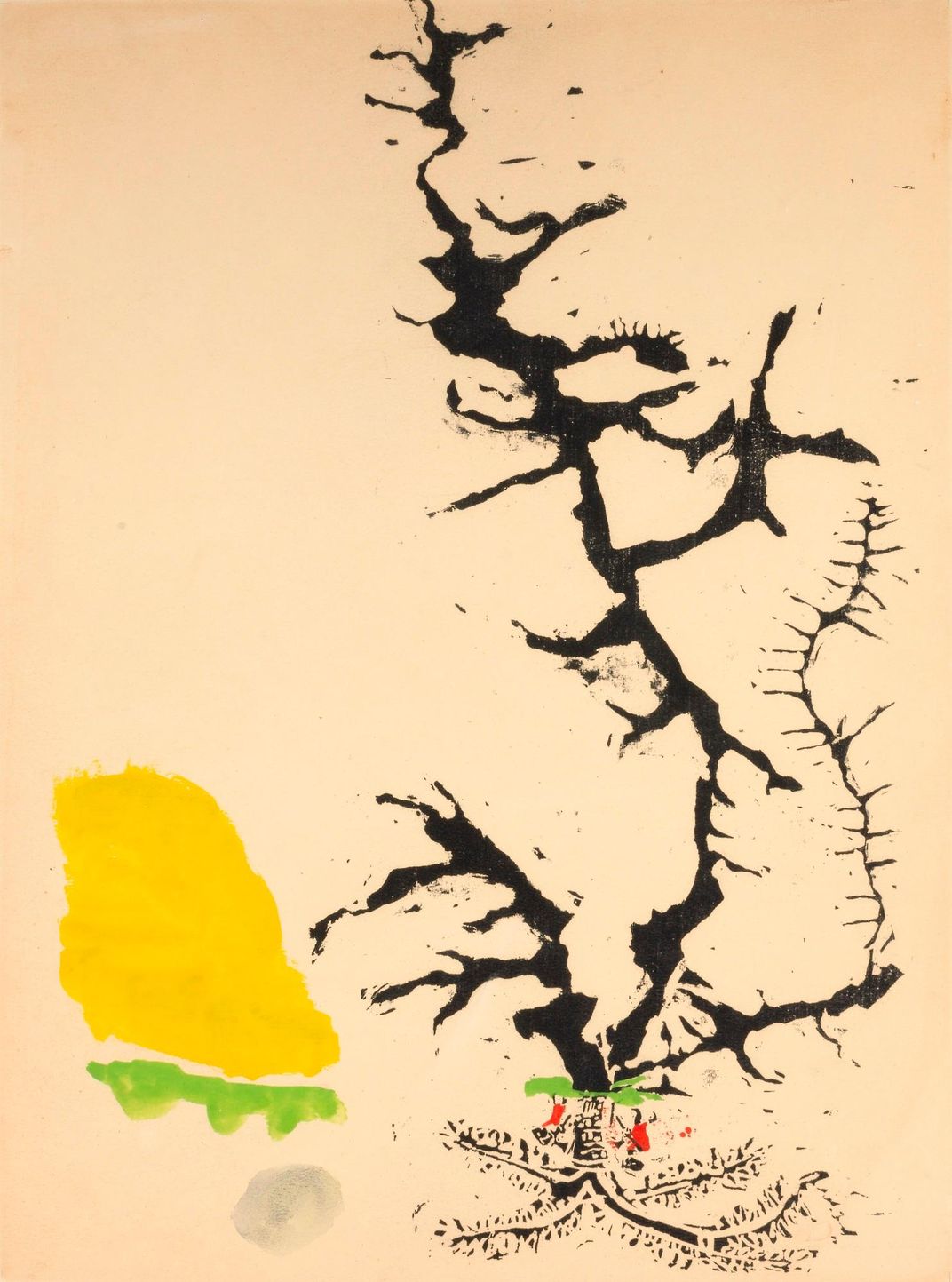Studio of ‘Pop Art Nun’ Corita Kent Saved From Becoming Parking Lot
The artist’s brightly colored silkscreen works addressed civil rights and social justice issues
:focal(521x341:522x342)/https://tf-cmsv2-smithsonianmag-media.s3.amazonaws.com/filer/84/cf/84cf03c9-c4f4-4cc1-88d4-67230aaed21e/ihc-educators-at-immaculate-heart-college-courtesy-of-the-corita-art-center-immaculate-heart-community-1024x712.jpg)
During the 1960s, Catholic nun Corita Kent created silkscreen art rooted in the civil rights movement and other social justice struggles. Now, the city of Los Angeles has designated her one-time studio as a landmark.
As Sarah Cascone reports for Artnet News, the owner of the building, located on Franklin Avenue in Hollywood, intended to demolish it to make way for a parking lot. But after a campaign by Kent’s admirers, the Los Angeles City Council voted unanimously to preserve it as a historic-cultural monument.
“Corita Kent’s artwork was intentionally bold and challenging, to both the public and the Catholic church, awakening them in the 1960s to pressing issues of racial and social injustice,” says Christina Morris, manager of the national Where Women Made History campaign, in a statement provided to Artnet. “It’s a story that is deeply inspiring and incredibly relevant even today. Her studio is a place where outspoken women gathered to break barriers, challenge norms and to make history.”
Kent joined the Roman Catholic order Sisters of the Immaculate Heart of Mary after graduating from high school in 1936. As Diane Winston, a religion scholar at the University of Southern California Annenberg, wrote for the Conversation in 2017, the order was exceptionally open to different perspectives, inviting Protestant, Jewish and Hindu speakers, along with progressive Catholics like Dorothy Day, to share their ideas with the community.
Together with other nuns from the order, Kent took part in feminist and civil rights demonstrations. At the same time, she experimented with silkscreen techniques and studied art and art history. (Perhaps most closely associated with Pop Art icon Andy Warhol, the stenciling method uses a fine mesh screen stretched tightly over a frame.) In 1962, Kent visited an exhibition of works by Warhol; soon after, she began creating the colorful poster prints that earned her the nickname the “Pop Art nun.”
Per the Art Newspaper’s Gabriella Angeleti, Kent used the Franklin Avenue location as her studio between 1960 and 1968, producing such pieces as My People (1965), a commentary on the Watts Riots, which took place following the police beating of Black Californian Marquette Frye.
Kent left the order in 1968, moving to Boston after clashing with a conservative cardinal who objected to the nuns’ participation in politics and called her art “weird and sinister.” (According to Daily Art magazine’s Candy Bedworth, Catholic authorities were particularly bothered by a 1964 Christmas card in which Kent compared the Virgin Mary to a juicy tomato.)
In 1970, many of the Immaculate Heart sisters similarly renounced their vows, banding together to form a new ecumenical Christian group: the Immaculate Heart Community.

As Carolina A. Miranda wrote for the Los Angeles Times in 2018, Kent produced a new series of prints, Heroes and Sheroes, soon after leaving the order. The brightly colored images combine photographs of figures like labor leader Cesar Chavez and civil rights activist Coretta Scott King with pages from news magazines and quotations from poets and writers, including Alan Watts and Walt Whitman.
Kent continued making art in Boston and remained active in social causes until her death in 1986.
The Corita Art Center, a project of the Immaculate Heart Community that is dedicated to preserving and promoting Kent’s art, led the fight to save the former studio. As the center’s director, Nellie Scott, points out in a statement, only 3 percent of Los Angeles’ designated landmarks are linked to women’s heritage.
“The Los Angeles City Council giving landmark status to Corita’s studio is one critical step in redressing this disparity,” Scott says. “This work to uphold the legacies of women artists and cultural leaders is ongoing in Los Angeles and across the U.S. Corita reminds us that hope is not just optimism; hope is hard work.”
The center is now exploring how the building can be used to support artists in the community and honor Kent’s legacy.
/https://tf-cmsv2-smithsonianmag-media.s3.amazonaws.com/accounts/headshot/Livia_lg_thumbnail.png)


/https://tf-cmsv2-smithsonianmag-media.s3.amazonaws.com/accounts/headshot/Livia_lg_thumbnail.png)